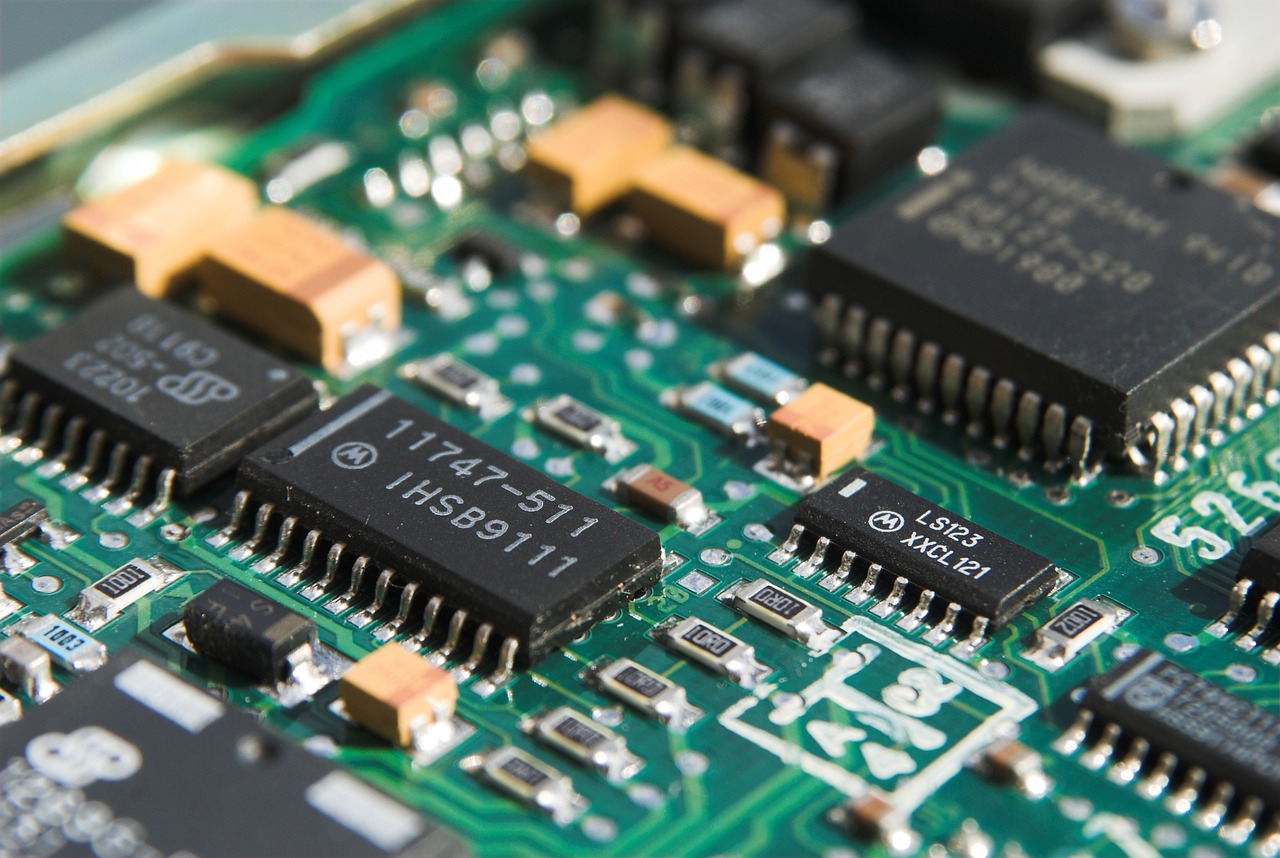Bitcoin blockchains is under threat by quantum computers – the defense may be quantum itself
Bitcoin blockchains is under threat by quantum computers – the defense may be quantum itself
It seems like each passing day, we here more and more developments into the world of quantum computers. Since 2011, the Canadian company D wave made commercially available the first quantum computer with buyer such as Google and NASA. Though this still far from a universal quantum computer, the quantum annealer has since been able to provide over 1000 qubits and is used in various complex simulations earlier in 2015. Earlier this year, Alibaba and IBM have both separately launched a cloud based quantum computer available for public use.
As the race towards the universal quantum computer heats up, there are significant concerns on what this will do to cyber security. Bitcoins are an especial concern since block chains rely on encryption to store their data. The complexity of these encryptions make any attempts of hacking them take longer than the heat death of the universe even with our most powerful supercomputers but to a quantum computer, it’s almost child’s play in comparison. Some have suggested that if a quantum cryptography was involved, it will have the needed security to combat quantum computers.
But such a quantum cryptography just adds a quantum layer to the current blockchain protocol. A better solution is by making the entire blockchain into a quantum phenomenon proposed by Victory University professors Del Rajan and Matt Visser in New Zealand.
Before getting into it, a bit of background on blockchains. A blockchain is a ledger of transaction information such as financial transactions. As transactions get recorded, they get collected in a database called a block. At an end of a point of time, the block is encrypted using something called a hash function which creates a unique number to represent the data.
When a new block is created, the number from the previous block is included and the new block is chained and continues with accumulating new ledgers. Since each block is build on a previous block, anyone trying to recreate a block will need to find a way to alter the data that does not change the outcome of the hash function.
This is the reason why it would take nearly forever for a classical computer to try to break, but since a quantum computer can operate with qubits, it can process information far quicker. As a point of reference, classical computers process information in bits which are in either of two states, a 1 and a zero. But a qubit, which takes advantage of quantum properties of atoms, can be in a 1, 0 or a super position of the two. Each qubit doubles the states that a system can simultaneously store: two qubits can store four states, three qubits can store eight states etc.
The newly proposed method of a quantum blockchain takes advantage of a quantum property called entanglement. When two quantum particles are entangled, they have the same state no matter how far away they are from each other in distance or time.
This is useful in security because the property of entanglement is extremely fragile. Just a measurement of an entangled particle will instantly severe the link between the two. So if a hacker tried to interfere with one particle it will be obvious to the pair.
As mentioned before, they can also be entangled in time which means they can influence the pairs in the past. There does appear to be limitations on what is possible but it makes it harder to determine cause and effect. This also has the added effect of increasing the amount information transmitted over time.
These strange properties of entanglement is what Rajan and Visser exploit in their quantum blockchain. Essentially the data is stored on a quantum particle to make it a quantum block. As transactions are recorded a quantum particle, it is entangled with the second particle. The first particle is discarded and a block is created and information from this block is used to create the second block and so on.
When anyone tries to tamper with it, it immediately invalidates it giving it the security advantage. The understanding of how the physics of this works is well understood by scientists and it does seem to be doable with the available technology we have today.
Original Article: https://arxiv.org/abs/1804.


